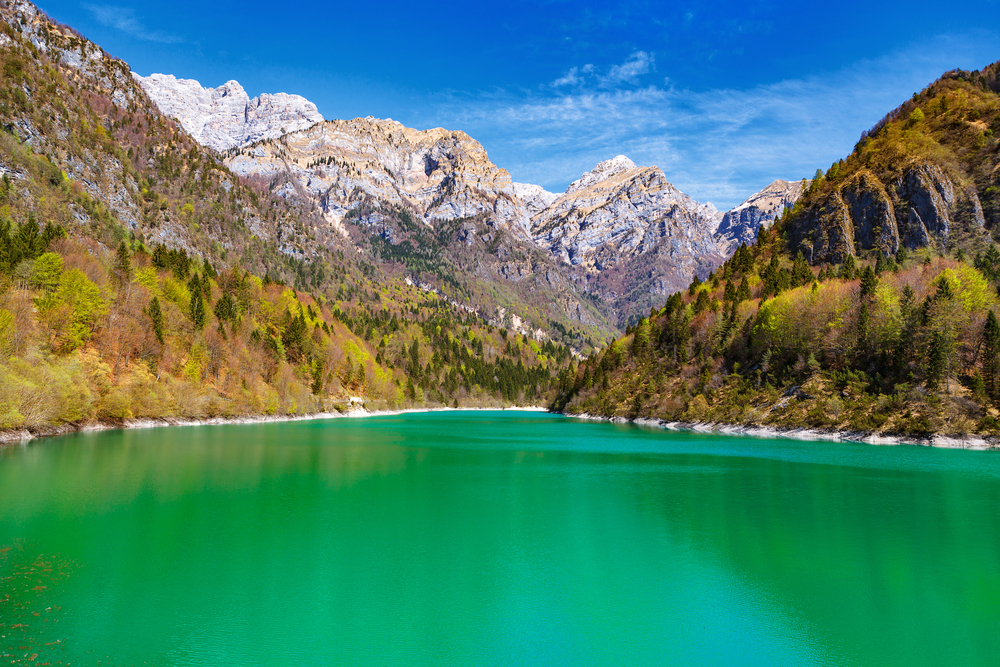Aspromonte Overview
Aspromonte National Park, known as Parco Nazionale dell’Aspromonte in Italian, is a protected area in the Calabria region of southern Italy. Covering approximately 252 square miles (653 square kilometers), the park is situated in the Aspromonte massif, which forms the southernmost part of the Apennine mountain range.
It extends from the Ionian to the Tyrrhenian Sea, creating a diverse and rugged landscape that is both striking and ecologically significant. The park’s highest peak, Montalto, reaches 6,414 feet (1,955 meters) and provides panoramic views of the surrounding region, including glimpses of Sicily and Mount Etna on clear days.
The park’s terrain is characterized by steep cliffs, deep gorges, and rolling hills, interspersed with dense forests and open grasslands. Towering beech and silver fir trees dominate the higher elevations, while chestnut, oak, and Mediterranean maquis vegetation flourish at lower altitudes.
Waterfalls, such as Cascate Maesano, add to the park’s scenic beauty, and the numerous rivers and streams that carve through the landscape create a network of natural corridors that support diverse plant and animal life. The dramatic geology of Aspromonte, shaped by tectonic activity, has resulted in unique rock formations, including towering cliffs and isolated monoliths such as the Pietra Cappa, one of the largest monoliths in Europe.
Aspromonte National Park is home to a variety of wildlife, including several species that are rare or endangered in Italy. Mammals such as the Apennine wolf, wild boar, and European badger roam the forests, while roe deer have been successfully reintroduced in recent years.
The park is also a haven for birdlife, with golden eagles, peregrine falcons, and eagle owls among the most notable raptors. Woodpeckers, jays, and the rare Lanner falcon can also be spotted, making the park a prime destination for birdwatching enthusiasts. Reptiles and amphibians, including the Italian stream frog and Aspromonte salamander, thrive in the park’s wetlands and shaded creeks.
One of the most popular features of the park is the historic village of Gerace, perched on a hill with its medieval castle and impressive cathedral. Other points of interest include the ghost town of Pentedattilo, a hauntingly beautiful abandoned village nestled in dramatic rock formations.
The park’s network of trails allows visitors to explore its breathtaking landscapes, with routes leading to scenic viewpoints, waterfalls, and archaeological sites. Hiking, mountain biking, and horseback riding are among the most popular ways to experience the park, while guided tours offer deeper insights into its natural and cultural heritage.
Aspromonte National Park faces conservation challenges, particularly in combating illegal logging, habitat degradation, and the risk of wildfires in the dry summer months. However, efforts to protect the park have led to significant conservation successes, including reforestation projects and initiatives to preserve the habitats of endangered species.
Local communities are increasingly engaged in sustainable tourism practices, which help support both conservation efforts and the regional economy. With its stunning landscapes, rich biodiversity, and cultural heritage, Aspromonte National Park remains one of Italy’s most captivating and ecologically significant natural areas.
Park Map
Aspromonte National Park Highlights
Share your clicks with us
Related National Parks More Italy
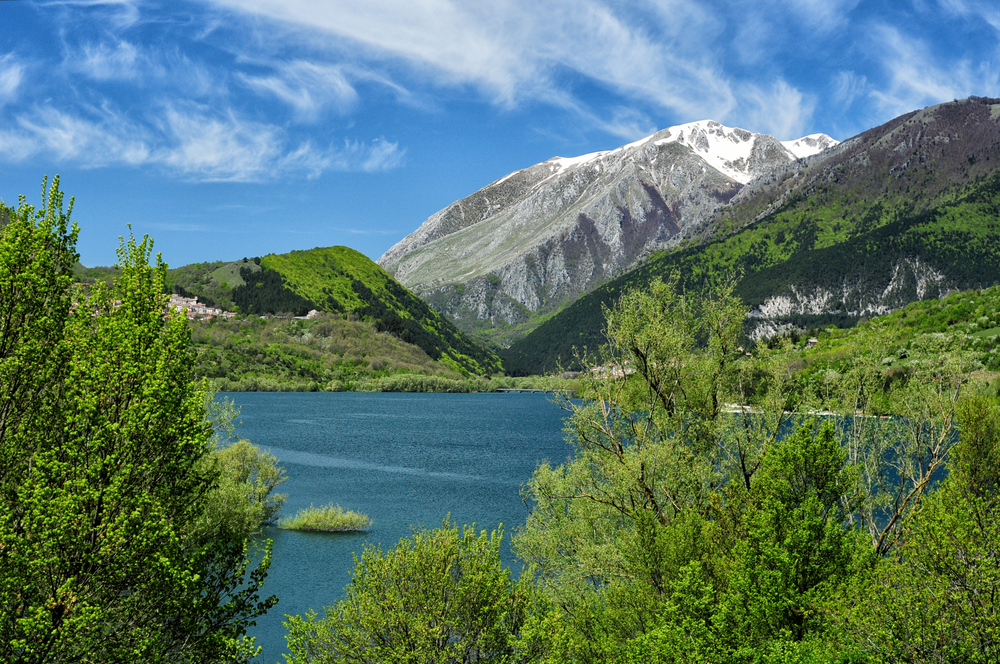
Abruzzo, Lazio and Molise National Park
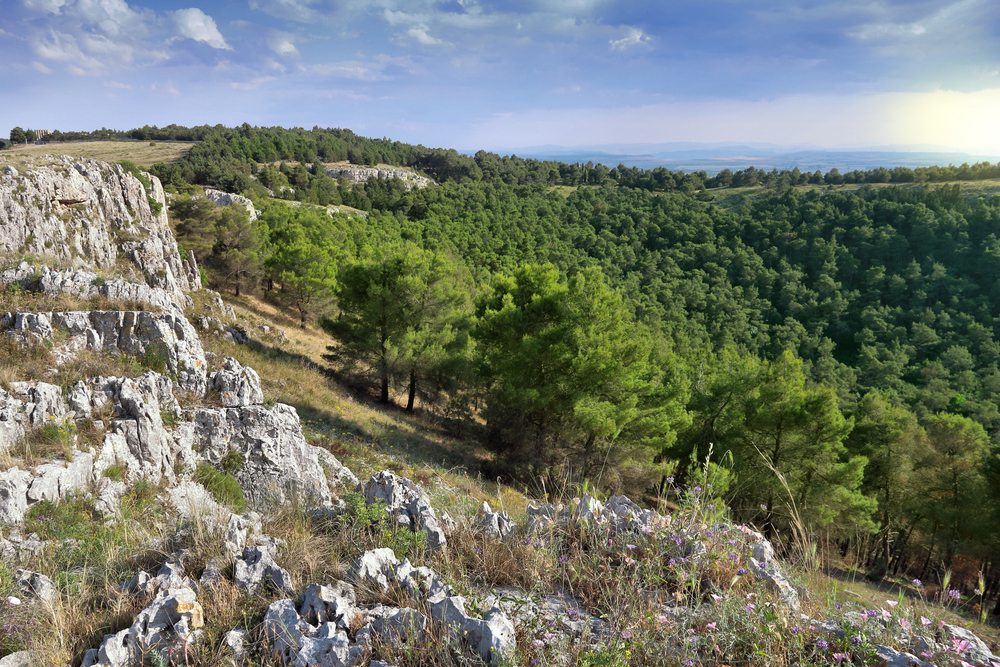
Alta Murgia National Park
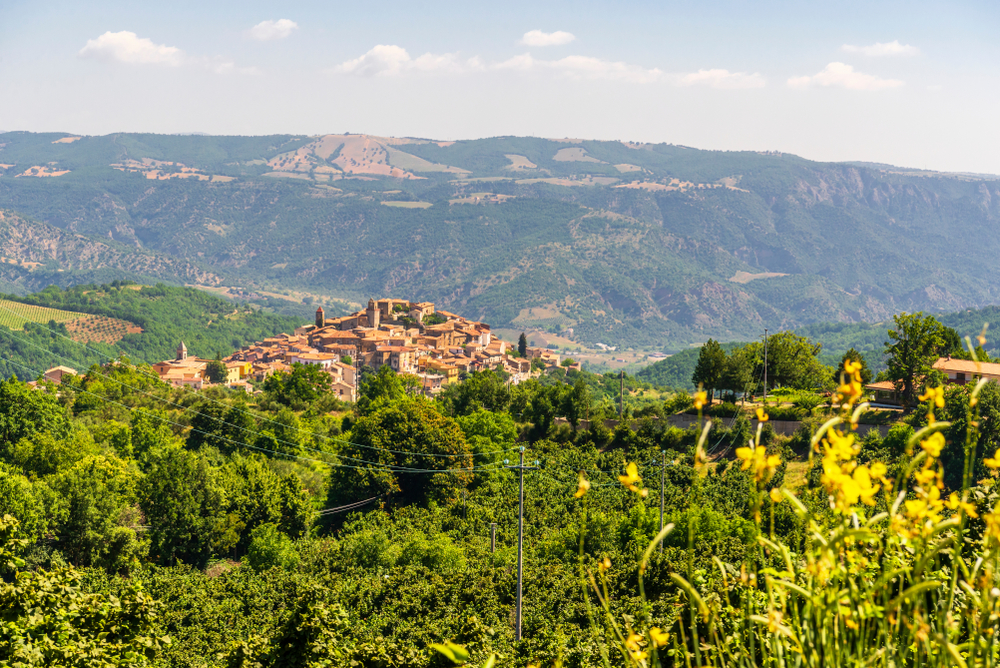
Appennino Lucano Val d’Agri Lagonegrese National Park
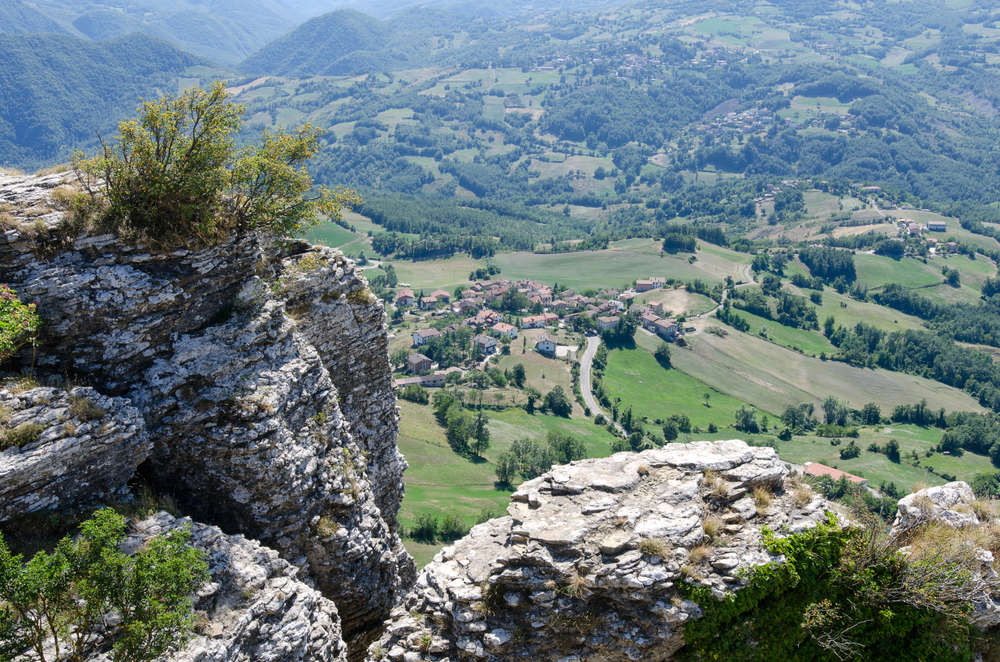
Appennino Tosco-Emiliano National Park
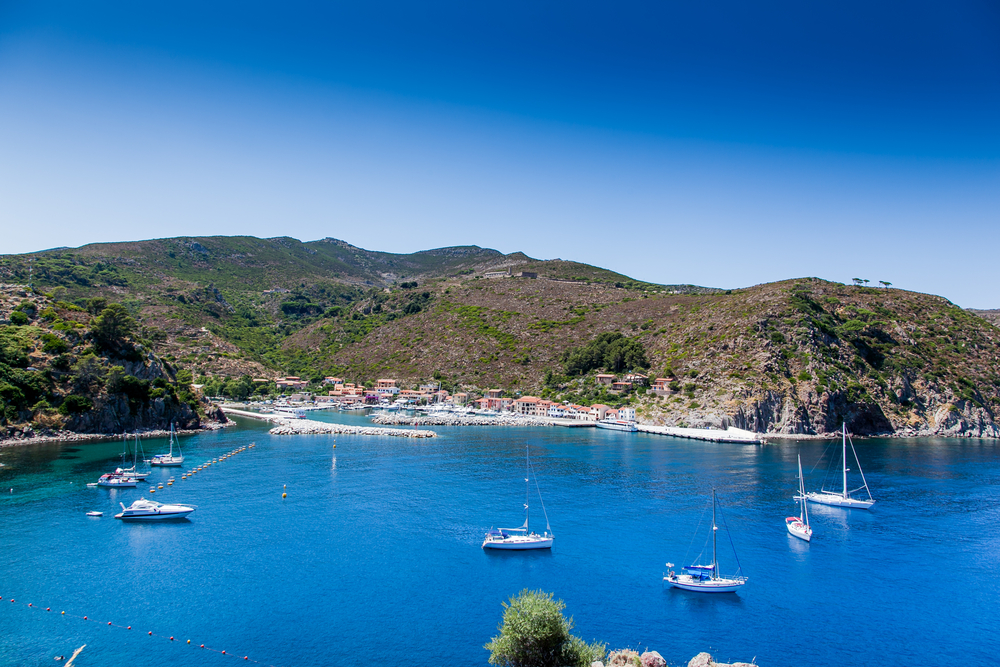
Arcipelago Toscano National Park
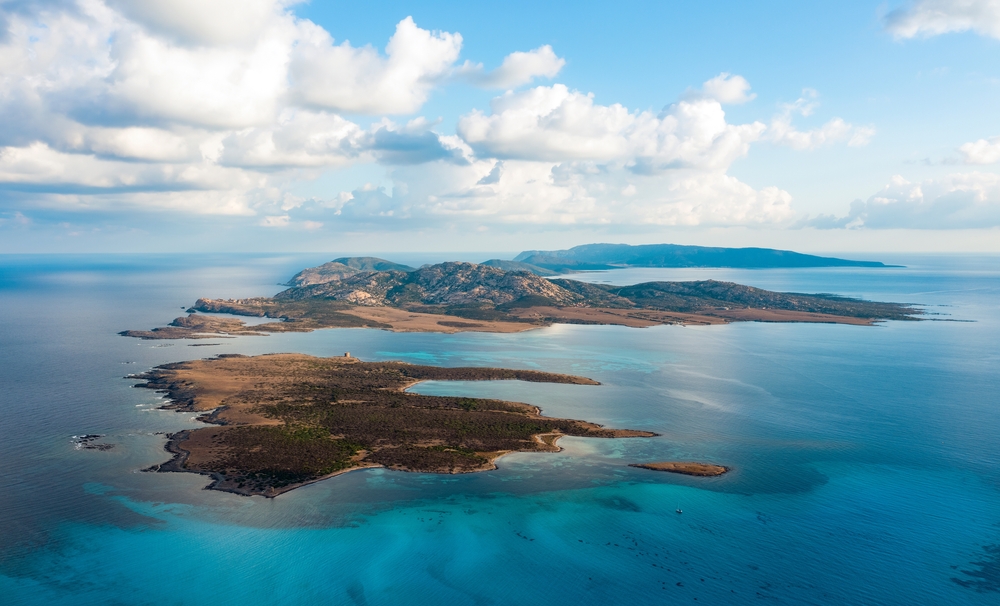
Asinara National Park
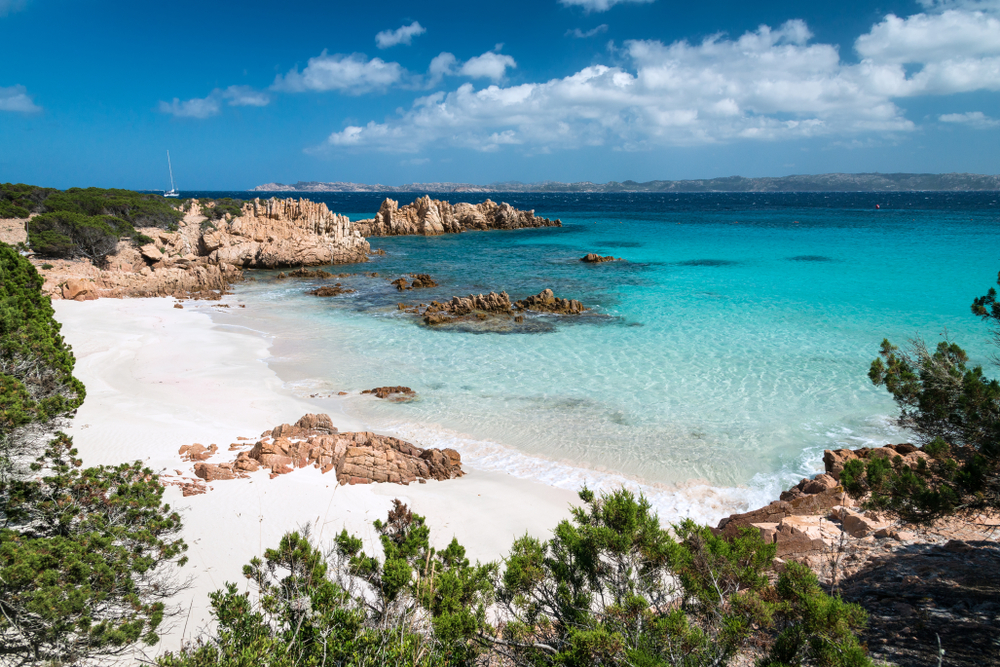
La Maddalena Archipelago National Park
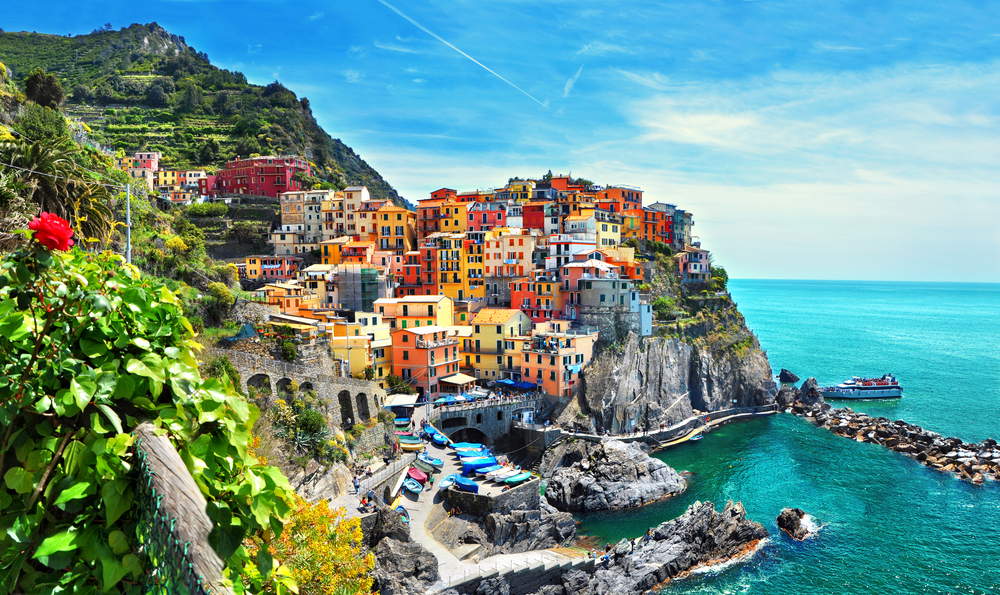
Cinque Terre National Park
